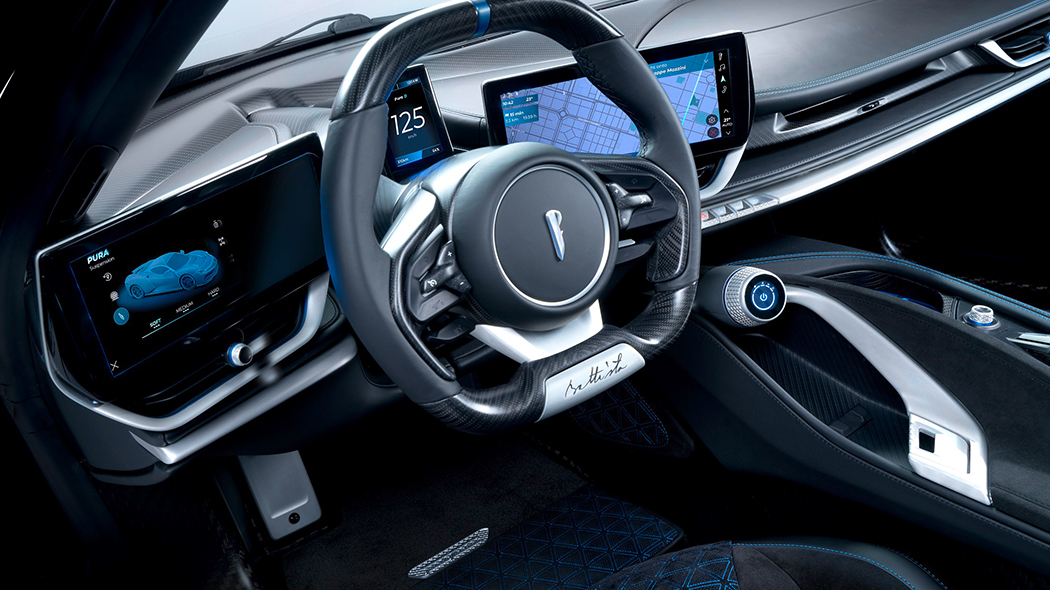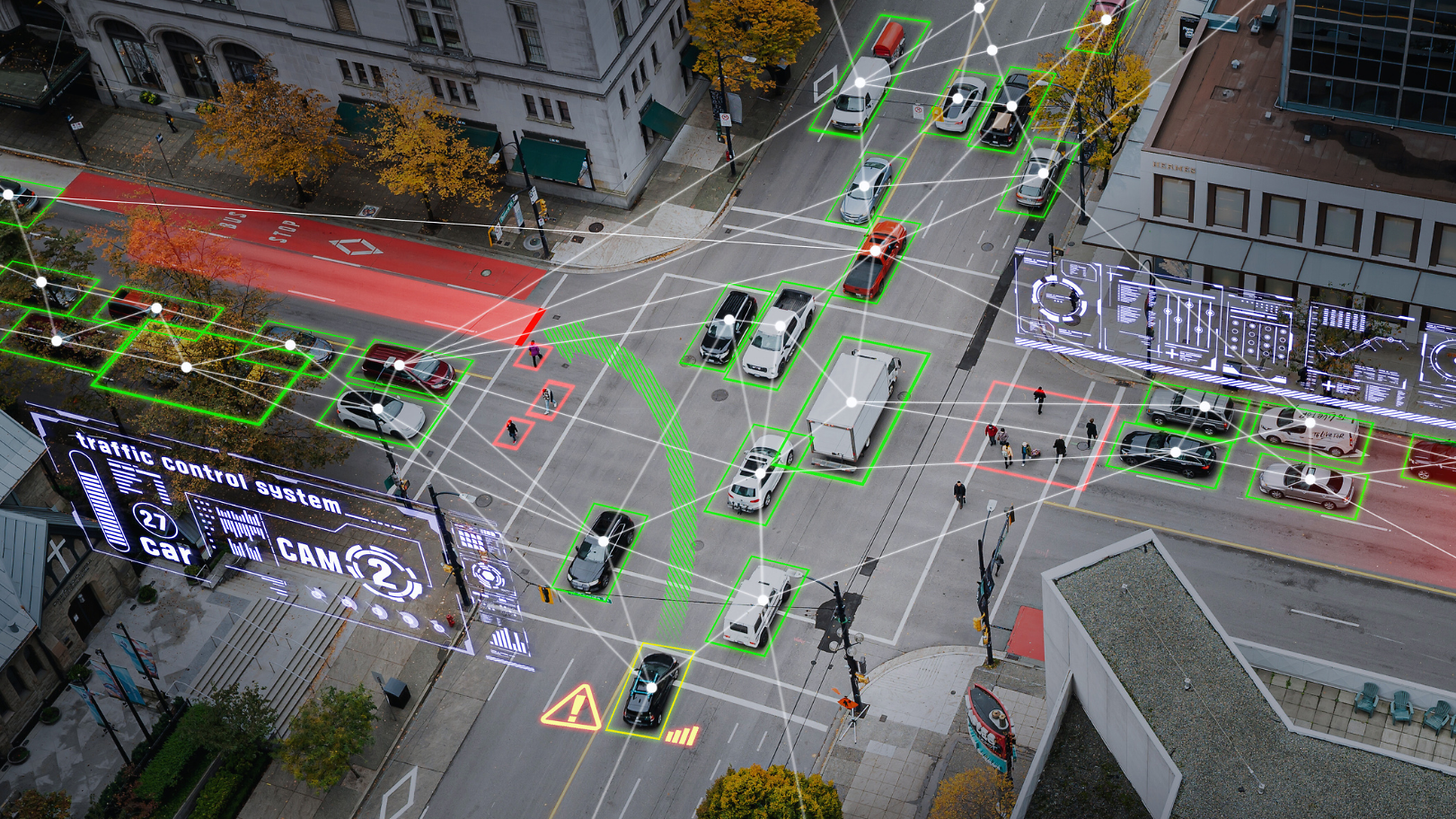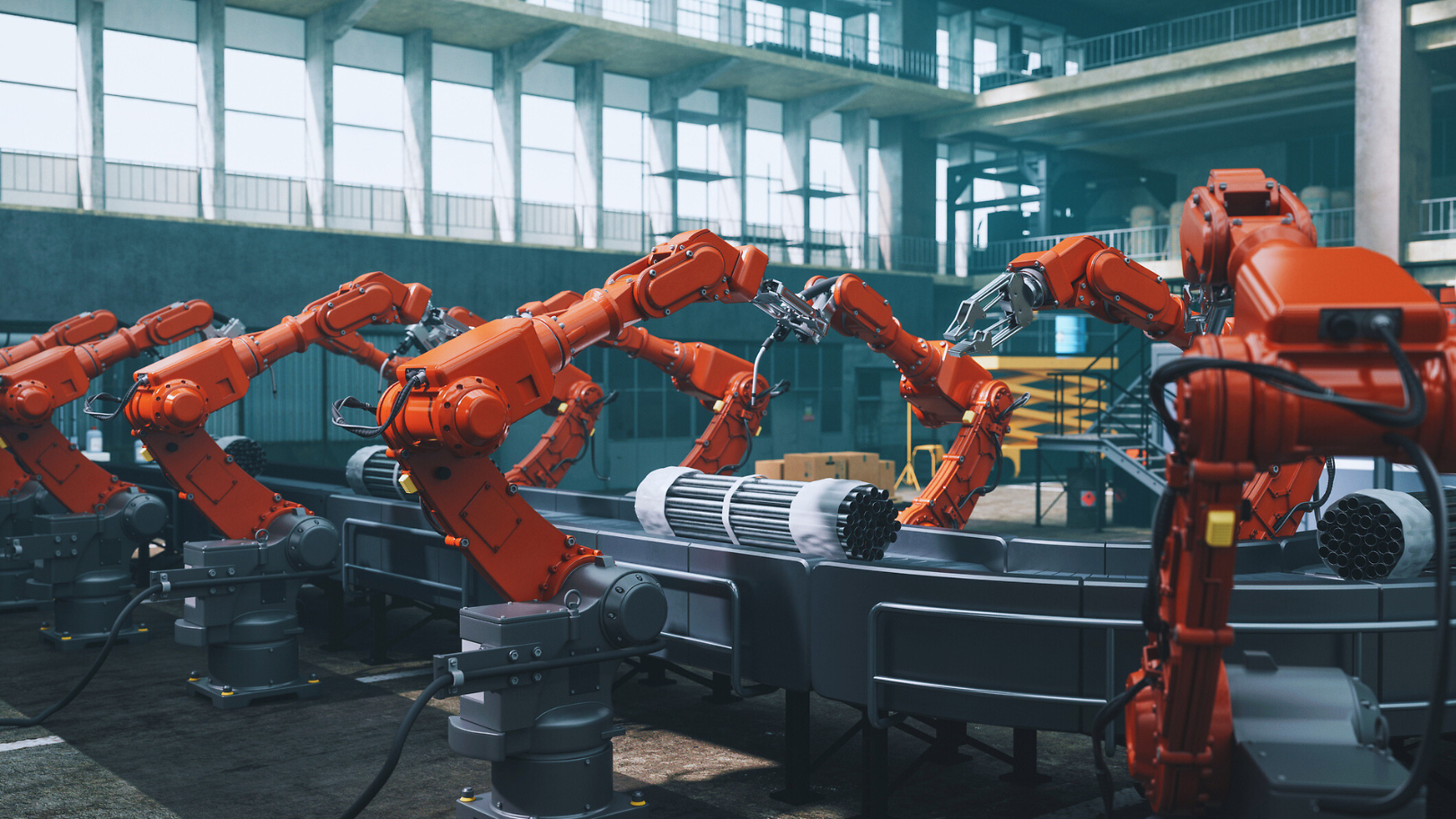Digital In-Car User Experience Hits the Road
29.03.2021 by Ümit Günes

Car buyers’ requirements have changed. Today’s mobility must be sustainable and connected. That makes in-car software more and more important.
With 1,900 horse power under the hood and a top speed of 350 km/h the luxury hypercar Battista EV made by the innovative, high-quality car manufacturer Automobili Pininfarina is the most powerful car ever made in Italy. Accelerating to 100 km/h from a standing start in less than two seconds, it has double the power of a Formula 1 racecar, and the 500-kilometer range of this all-electric hypercar (see info box) is pretty impressive too.




